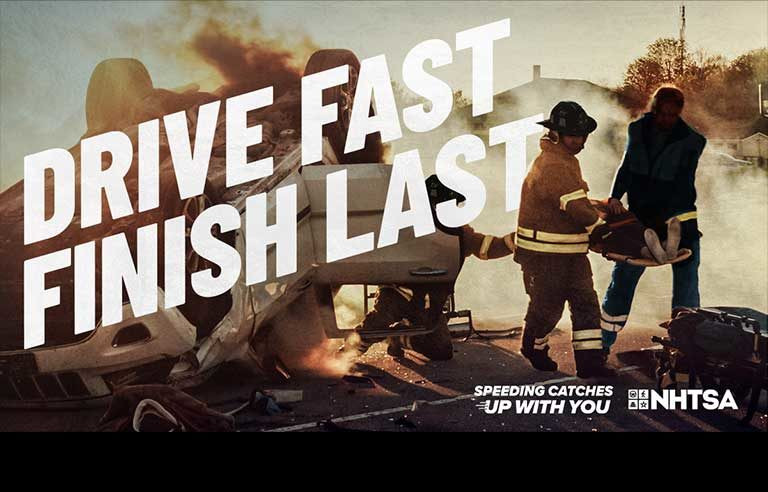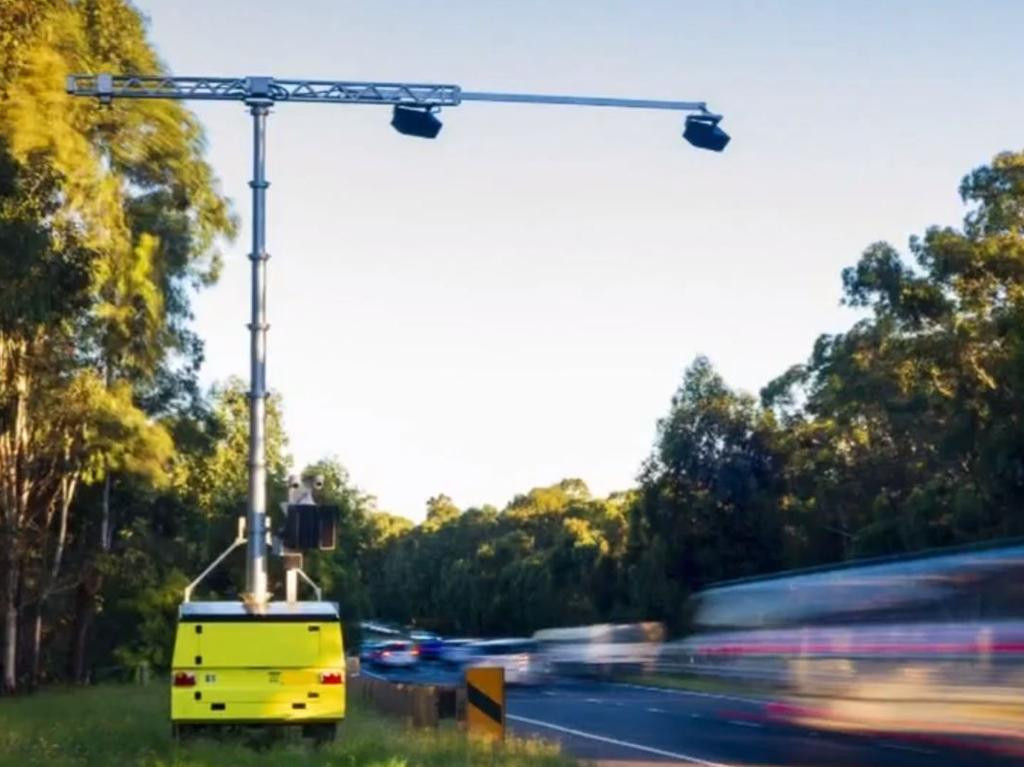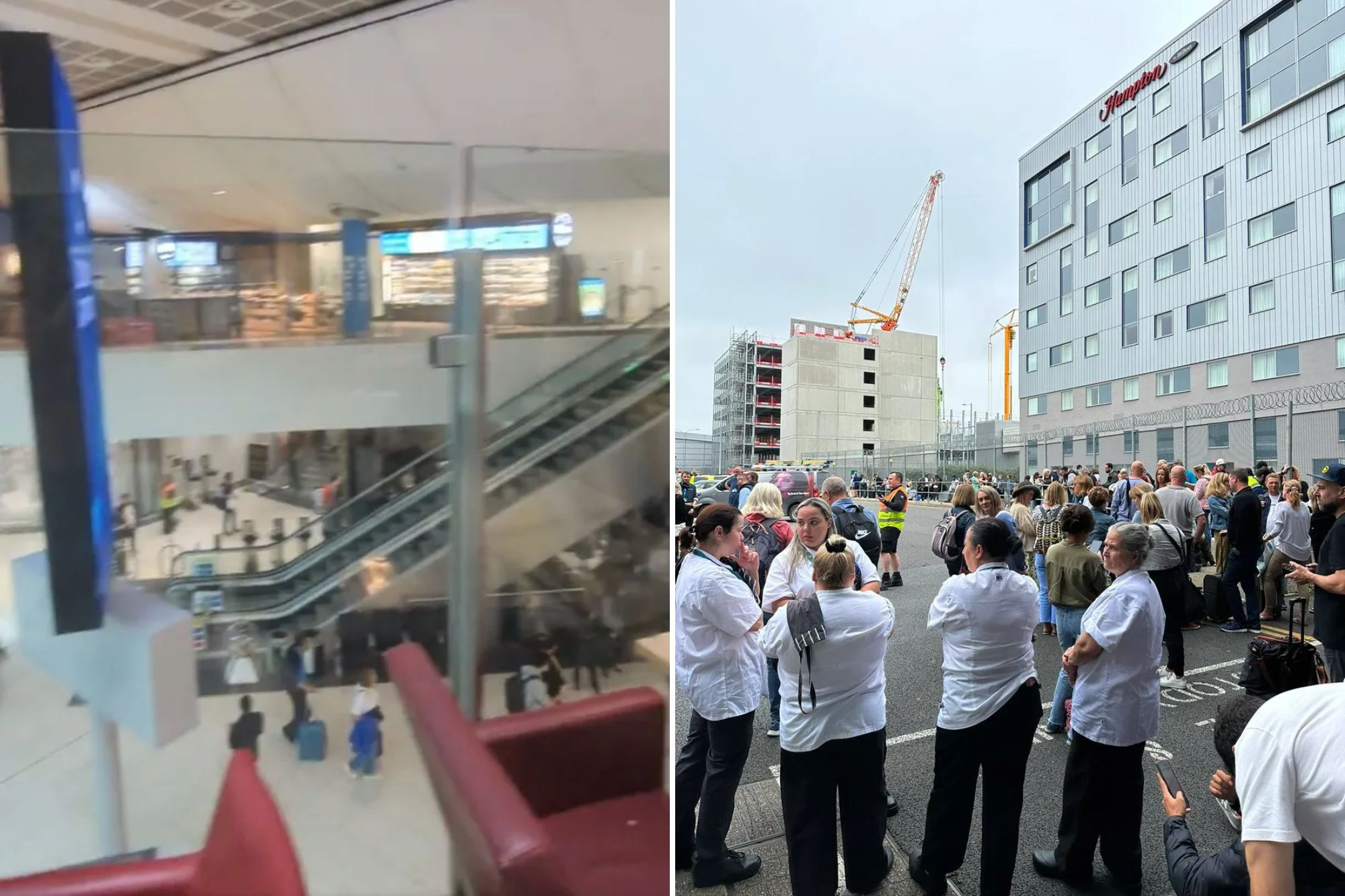Following a roundtable called by Premier Roger Cook, the hard-hitting advertisement explores the excuses people use to justify speeding and the tragic and all-too-frequent consequences of those decisions.
Road safety minister David Michael says speeding is one of the biggest dangers on our roads.
“We know that the single biggest factor driving our state’s road toll is speed – speed plus inattention, speed plus fatigue or both – and when we add in not wearing a seatbelt we have a fatal cocktail,” he says.
“This is why the new road safety campaign we are launching today is so important.”
This covers a wide range of people given 87 per cent of WA drivers admit to speeding and 51 per cent consider speeding to be acceptable driving behaviour.
Michael says the new campaign has the potential to save lives.
“Speeding Shatters Your Excuses is a hard-hitting campaign, which I believe will make people think again before they make the dangerous choice to drive too fast,” he says.
“It’s a simple matter of physics. The faster you are driving, the more likely it is for you to crash and the faster you are travelling when you crash, the more likely it is that you will be seriously injured or killed.”
“There really are no excuses.”
The advertisements will run across television, print and radio as well as billboards, cinema, streaming services, video-on-demand and social media.
Earlier this month, the Cook Government announced a $32.5 million boost to road safety initiatives on regional roads over the next four years.
The initiatives included an expansion of safety treatments, two new alcohol and drug testing buses, increased police enforcement and new high-visibility police car livery as well as improved traffic data gathering, following a spike in regional road deaths this year.
Speed is the biggest killer on WA roads
There are no excuses for your choice to speed. This is the theme of a hard-hitting new road safety campaign the Government is rolling out from today.
We have had a tragic first half of the year on our roads.
Our regional areas have been particularly hard hit.
In response, the Premier called a road safety roundtable, which brought together people with lived experience of road trauma and road safety experts, to take a fresh look at what we can do to make our roads safer.
Coming out of that roundtable the WA Government announced more funding to improve road safety, including new highly visible police patrol cars, funding to get more police officers on the traffic duty, two extra booze buses, and innovative new technology to help collect traffic data. But it doesn’t end there — we will continue to deliver practical and enforceable solutions to ideas raised at the roundtable.
However, the sad truth is that there is no easy solution. Reducing road deaths and injuries requires pulling multiple levers and it requires all of us to play a part. We in WA have a strategy that reflects what is accepted nationally and internationally as the most effective way to reduce the road toll.
The safe system approach
It’s called the “safe system” approach. This approach recognises that humans are fallible — we make mistakes. It also recognises that the human body is not designed to withstand the forces involved in a serious crash. The safe system approach works to minimise the impact of human mistakes.
One death or injury is one too many, but in WA the number of people who are killed or seriously injured on our roads relative to the population has dropped from 225 per 100,000 in 1985 to 54.5 per 100,000 in 2023.
In simple terms in the same period our population doubled, the number of people killed or seriously injured has halved.
So, what are the elements of the safe system approach that have been successful and are still working to reduce the toll?
Firstly, our cars are are becoming safer, with wider use of technology such as airbags, autonomous emergency braking and lane departure warnings.
Secondly, the condition of our roads has largely improved, making them safer. Yes, in a State the size of WA, with a relatively small population it is impossible to make every road an autobahn — but the Cook Labor Government has spent over $1 billion to improve regional roads. The installation of audible edge lines (rumble strips), for example has been clearly demonstrated to reduce the number of crashes. Some studies have measured a 50 per cent drop in crashes where rumble strips have been installed. In the metropolitan area, the focus has been on targeting and improving dangerous intersections.
Is the time you might save getting to your destination worth the risk of you losing your life?
Safe people and safe driving practices is the third element of the safe system. Behaviour change and education programs, including anti-drink driving advertisements have been successful. There is no question that community opinion has changed about drink driving — just ask your parents. Young people today are far less likely to drink and drive. It is no longer socially acceptable. It is not cool.
Post-crash response is important. Our ability to treat people quickly involved in crashes has improved dramatically. We also focus on the long-term psychological harm caused by road trauma, which is why we invest in free post-crash counselling via our funding of Injury Matters — Road Trauma WA.
The final element - safe speeds
The final element of the safe systems approach is safe speeds and this is the biggest challenge.
It is simple — the faster you are travelling the more likely it is that you will crash. If you do crash, the faster you are moving, the more likely you are to die, be seriously injured or harm others.
A 1 km/h increase in average speed increases the risk of a crash resulting in death by up to 5 per cent.
In the regions, 70 per cent of crashes resulting in death or serious injury are single car crashes, where the driver is travelling too fast, and this, combined with inattention or fatigue, or both, results in the driver losing control, rolling, or hitting an object at a deadly speed. If you add in the fact that 20 per cent of people who die on our roads are not wearing a seatbelt, you have a deadly cocktail. Please wear your seatbelt — it’s so easy to do.
Editorial
My belief is that there are no excuses for speeding, which is why the new Road Safety Commission campaign is so important and timely.
But advertising campaigns do not work in isolation. There is evidence that campaigns are not effective unless they are underpinned by strong police enforcement. If you think you are likely to get caught you are less likely to commit an offence. This is why in tandem with this new campaign we are increasing the number and visibility of police on the road. If you make the dangerous choice to speed, you will get caught.
Early next year the likelihood of getting caught will increase with the introduction of new safety cameras that along with speeding, will also pick up drivers touching their mobile phones and not wearing seatbelts.
The Government has a key role to play in road safety, but we can’t do it all. We need the whole community on board.
Is the time you might save getting to your destination worth the risk of you losing your life? Suffering permanent injury, or living with the guilt of killing someone?
You will notice Speed Shatters Your Excuses advertising in the paper, on billboards, on your TV and via social media. If you see it on your Facebook or Instagram feed, I encourage you to share this important message, helping to make the roads in our communities safer for everyone.
David Michael is the Road Safety Minister.
Speeding Shatters Your Excuses
The campaign highlights the excuses people use to justify speeding and the tragic consequences of those decisions.
This campaign aims to change driver behavior and save lives.



















